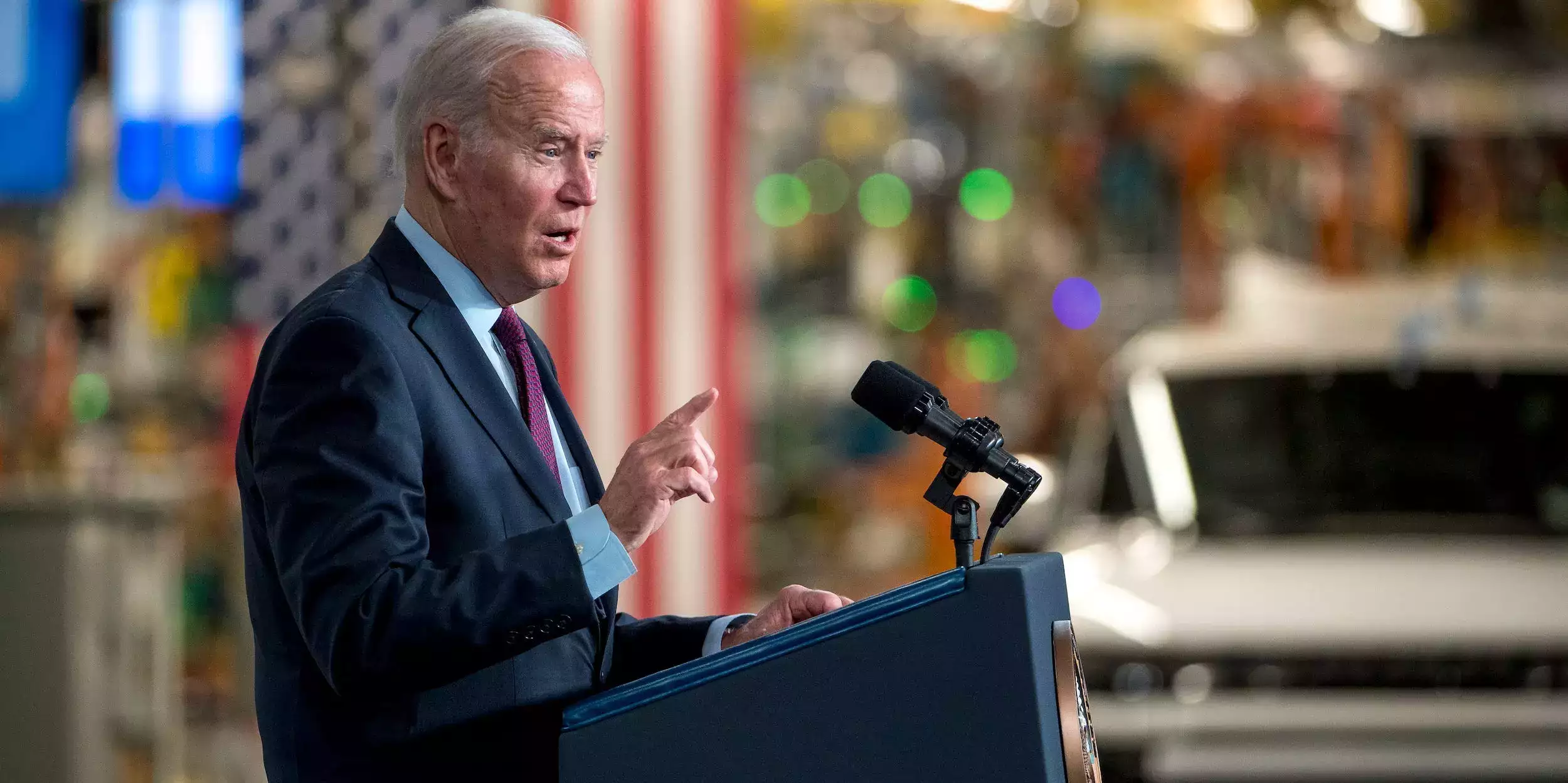Japanese Scientists Successfully Develop Mouse Embryos in Space, Opening Possibilities for Human Reproduction Beyond Earth
In a groundbreaking achievement, Japanese researchers have made significant progress in the quest for human reproduction in outer space. They have successfully demonstrated that the development of mouse embryos is possible in the unique conditions of the International Space Station (ISS), raising the potential for human reproduction beyond Earth.
The pioneering experiment began in August 2021 when frozen mouse embryos were sent to the ISS onboard a rocket. Astronauts then thawed these early-stage embryos using a specialized device, marking a crucial phase of the study. Over a span of four days, the embryos were nurtured in the microgravity environment of the space station, a critical period to determine their normal development.
The results of the experiment were nothing short of astonishing. The embryos grown in the microgravity conditions of the ISS developed normally into blastocysts, a significant stage in embryonic development preceding the formation of a fetus and placenta. Surprisingly, the influence of gravity on their development appeared to be minimal.
Further analysis also revealed no significant changes in the DNA and genes of these blastocysts, even after they were brought back to Earth for examination. This discovery suggests the remarkable resilience of these embryos and the potential for mammalian life to thrive outside Earth’s gravitational field.
This achievement holds immense implications as it marks the first instance of mammals developing in a microgravity environment. The University of Yamanashi and the national research institute Riken jointly declared it as “the world’s first experiment that cultured early-stage mammalian embryos under complete microgravity of ISS.”
However, the journey is far from over. To gain a comprehensive understanding of the extent of these embryos’ normal development and to bring this research closer to human applications, the next step involves transplanting these space-cultured blastocysts into mice to determine if they can give birth to healthy offspring. This would serve as the ultimate confirmation of the experiment’s success and a pivotal milestone in enabling human reproduction in space.
This research holds significant importance for the future of space exploration and colonization. As space agencies worldwide embark on ambitious missions to the Moon and Mars, understanding the intricacies of reproduction and embryonic development in space becomes vital. NASA’s Artemis program, which aims to return humans to the Moon and has plans for Mars exploration in the 2030s, exemplifies the growing interest in long-term space habitation.
With this groundbreaking achievement, scientists have paved the way for further advancements in the field of human reproduction beyond Earth. The possibilities for the future of space exploration and colonization have expanded, thanks to the resilience and adaptability of mammalian embryos in space.

I have over 10 years of experience in the cryptocurrency industry and I have been on the list of the top authors on LinkedIn for the past 5 years. I have a wealth of knowledge to share with my readers, and my goal is to help them navigate the ever-changing world of cryptocurrencies.











